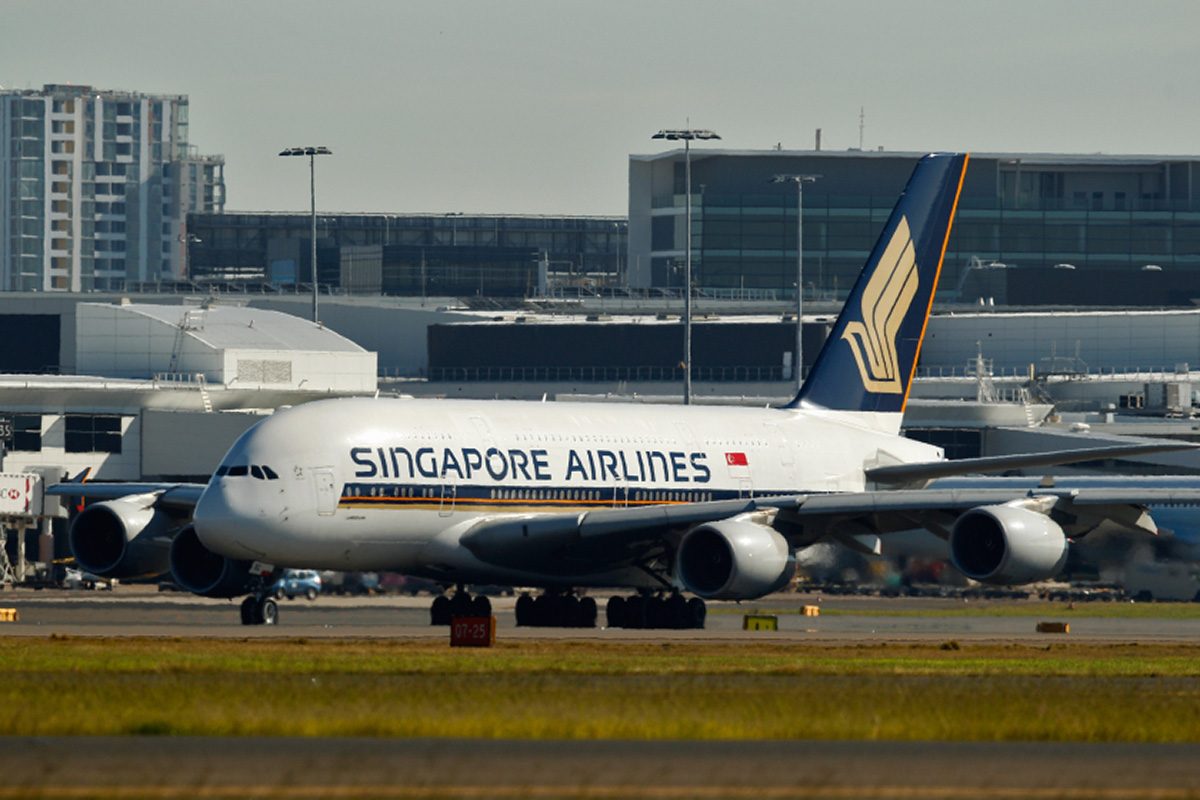Singapore Airlines, the first carrier to put a double bed in its cabins, is spending 850 million dollars to refit all its Airbus SE A380 jets to take airborne luxury up another notch.
The airline on Thursday unveiled its first major overhaul across cabin classes of its Airbus SE A380s since 2007, when it became the first carrier to fly the double-decker aircraft. For the most premier of its customers, Singapore Air has cut the number of Suites to six from 12, allowing additional space and frills such as a separate, fully adjustable seat with leather upholstery by Italy’s Poltrona Frau, as well as double bathrooms, one of which has a sit-down vanity counter.
The changes will be first introduced in five new super-jumbo planes it will receive progressively from this year, starting with the Singapore-Sydney flight on December 18. Singapore Air also will retrofit its older A380s with the new products starting late 2018, with a target for completion in 2020.
Airlines have been trying to outdo each other when it comes to pampering the upscale business traveller. The new Singapore Air suites will have a separate bed, without the need for conversion from a sitting position, alongside the adjustable leather seat. Etihad Airways PJSC provides in-flight showers for first-class passengers on its A380s, and its Residence suites feature a lie-flat bed and a living area with a 32-inch television and private butler.
Singapore Air Chief Executive Officer Goh Choon Phong is fending off intensifying competition, particularly from Middle Eastern carriers like Emirates, which in August introduced a revamped lounge inspired by private yacht cabins on its own A380s. The Singapore carrier’s cabin revamp – four years in the making – comes amid a review of its entire business as the money earned from flying passengers per kilometre hovers at roughly eight-year lows.
“There was a time when superior product offering was one of the stronger choice criteria for a person buying a seat, but unfortunately everyone has become pretty good,” said Mohshin Aziz, an aviation-focused analyst at Maybank Investment Bank in Kuala Lumpur. “To put so much emphasis on it is probably an outdated strategy.”
Rather than spending money to upgrade cabins, Singapore Air should be focusing more on better scheduling and services to lift profit, said Mohshin, who rates the stock a hold.
The airline currently has 18 A380s, four of which will be returned to lessors progressively in 2018.
The new suites were designed by Pierrejean Design Studio, while the business class cabin was designed by JPA Design of the UK Business-class passengers will have a 25-inch-wide seat that reclines directly into a full-flat bed of 78 inches.
Singapore Air – the only Asian carrier to have flown the luxurious Concorde more than three decades ago – posted a net loss in the quarter ended March. It rebounded to a profit of S$235.1 million (173 million dollars) in the three months ended June.
Predicting another challenging year, Singapore Air set up a dedicated office to conduct a wide-ranging review to transform the company and better position itself for sustainable growth, it said in May. Goh said in June that jobs could be eliminated, and two months later offered voluntary unpaid leave to cut costs.
It’s not the only one feeling the heat. Cathay Pacific Airways is also carrying out its biggest transformation plan in two decades, and said in May that it will cut 600 jobs at its Hong Kong head office as part of efforts to revive its fortunes.
Luxury Rival
Besides the A380 revamp, Emirates is preparing to unveil the new first class cabin on its Boeing 777-300ER planes that will have six suites, two fewer than before, as well as new features for business and economy seats, during the Dubai airshow this month.
While Singapore Air had been an industry trendsetter, such as being the first to provide free alcohol to economy-class passengers and headsets for in-flight entertainment in the 1970s, it has been less so in recent years. The airline’s last major offering was in May 2015, when it introduced a premium economy class and played catch up to Qantas Airways and Cathay.
“There is an urgent need for SIA to move ahead of the competition again,” said Corrine Png, founder and chief executive officer of Crucial Perspective in Singapore. – Bloomberg
Recommended stories:
